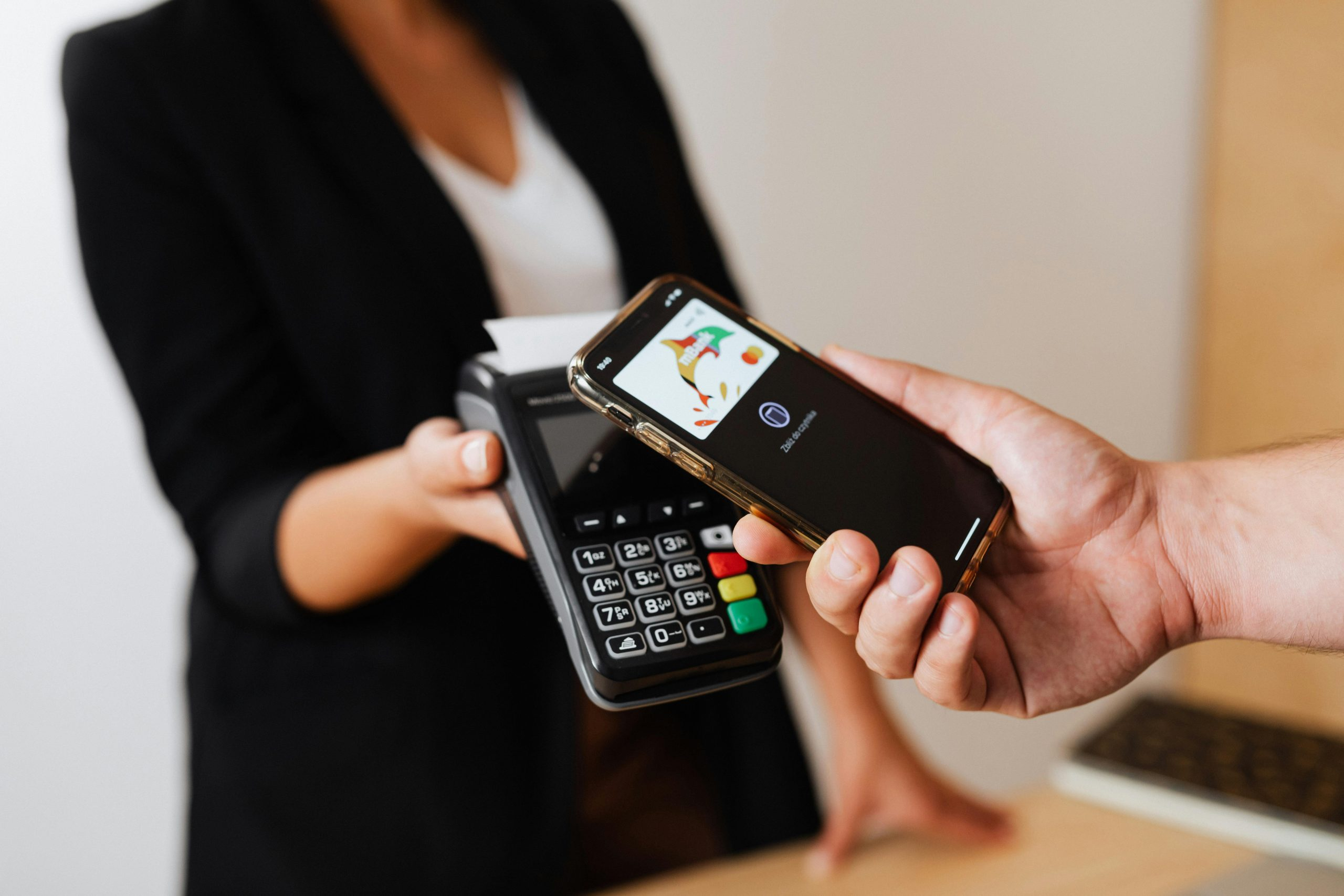The Future of Cashless Shopping in Physical Stores
In today’s digital age, the rise of cashless transactions in the retail industry has been nothing short of revolutionary. Mobile wallets, contactless payments, and other forms of electronic payments are paving the way for a future where cash will no longer be king, even in physical stores. While this trend has gained momentum in recent years, the global pandemic has only accelerated its growth with the prevalence of contactless payments becoming even more critical for consumer safety. In this article, we will explore the future of cashless shopping in physical stores and the impact it will have on the retail landscape.
The Rise of Cashless Shopping
The practice of using cash to pay for purchases has been a fundamental part of society for centuries. However, with the rise of technology and the convenience of digital transactions, cash is slowly losing its crown as the preferred method of payment. According to a report by Accenture, cashless transactions are projected to account for more than 50% of in-store purchases by 2023.
This shift towards cashless shopping can be attributed to the growing popularity of contactless payments, which allow customers to make purchases with a simple tap or wave of their card or mobile device. Gone are the days of fumbling for change or counting out bills at the checkout counter. Contactless payments offer a quick, seamless, and secure payment option for consumers, making it a popular choice for in-store purchases.
How Cashless Shopping Benefits Consumers
The convenience of contactless payments in physical stores is not the only reason for its growing popularity. This method of payment also offers several benefits for consumers:
1. Speed and Ease
Gone are the days of waiting in long lines to pay for purchases. With contactless payments, customers can simply tap or wave their card or mobile device and be on their way. This not only saves time but also makes the shopping experience more convenient and efficient.
2. Greater Hygiene and Safety
In light of the ongoing pandemic, the use of cashless transactions in physical stores has become crucial in ensuring the safety and hygiene of consumers. With no need to handle physical money or touch keypads at checkout, contactless payments offer a more hygienic option for in-store purchases.
3. Record-Keeping and Budgeting
With traditional cash transactions, it can be challenging to keep track of how much has been spent and what items were purchased. With cashless transactions, customers have a digital record of their purchases, making budgeting and tracking expenses more manageable.
Cashless Shopping: The Future of Retail
The future of cashless shopping in physical stores is not just about convenience and safety. It also offers significant benefits for retailers and the retail industry as a whole:
1. Increased Sales and Revenue
By providing customers with an easy, quick, and convenient payment option, retailers are likely to see an increase in sales and ultimately, revenue. With contactless payments, customers are more likely to make impulse purchases and spend more time browsing, leading to increased sales for retailers.
2. Cost-Efficiency
Cash handling can be a costly and time-consuming process for retailers. By transitioning to cashless payments, retailers can reduce the need for cash handling, leading to cost savings and increased efficiency.
3. Personalization and Data Collection
Cashless transactions provide retailers with valuable data about their customers’ purchasing behaviors and preferences. This data can be used to personalize offers and promotions, improving the overall customer experience and increasing customer loyalty.
The Challenges of Cashless Shopping
While the future of cashless shopping looks promising, there are still challenges that need to be addressed:
1. Technological Barriers
For cashless shopping to become the norm, it requires a certain level of technological infrastructure and capability, which not all retailers may have. This can be a barrier for smaller businesses, making it difficult for them to offer cashless payment options to their customers.
2. Security Concerns
One of the major concerns with cashless transactions is security. As with any digital transaction, there is always a risk of fraud and data breaches. Retailers must ensure that they have robust security measures in place to protect their customers’ sensitive information.
The Bottom Line
The increasing acceptance and use of cashless options for in-store purchases highlight the changing landscape of the retail industry. As technology continues to advance, we can expect to see a gradual shift towards cashless shopping in physical stores. Retailers and consumers alike stand to benefit from this transition, whether it’s in terms of convenience, efficiency, or experience. As we move towards a more digital world, it’s safe to say that cashless shopping in physical stores is here to stay.










